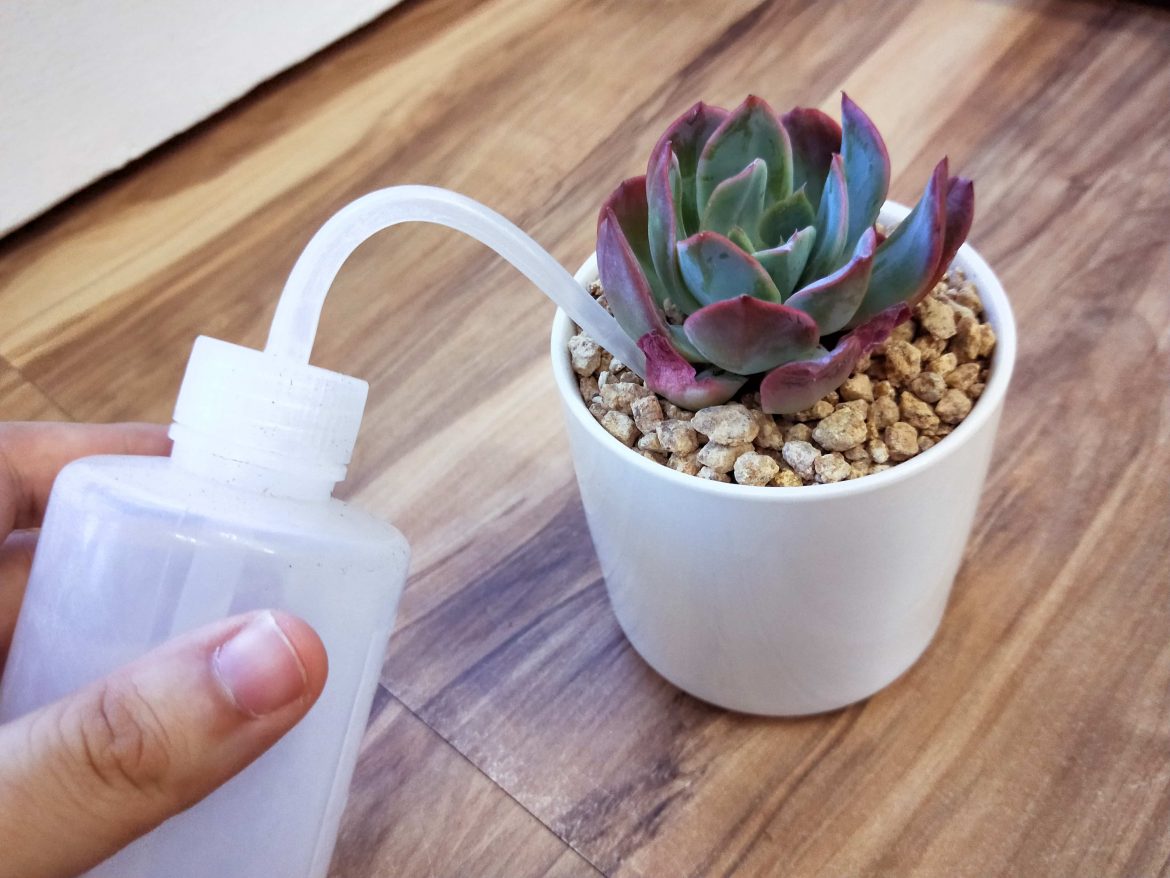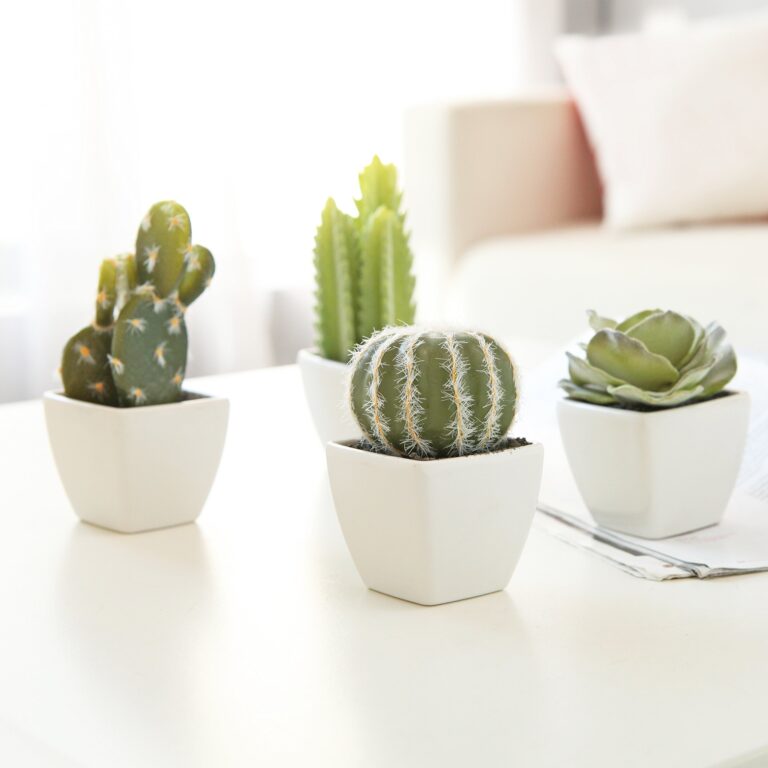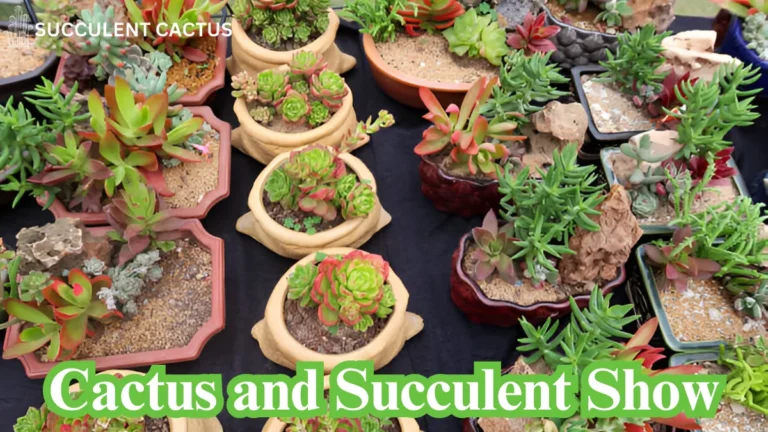Caring for Succulent Plants at Home

Caring for Succulent Plants are increasingly becoming a favorite among plant lovers, and it’s no wonder why. These hardy, low-maintenance plants add beauty and vibrancy to any home. But even though succulents are known for their resilience, proper care is still necessary to help them thrive. Whether you’re a seasoned gardener or a beginner, caring for succulent plants can be an enjoyable and rewarding experience. In this article, we’ll explore the top 10 secrets to ensuring your succulents remain healthy, happy, and stunning.
Understand the Basics of Caring For Succulent Plants
The first step in caring for succulent plants is understanding their basic needs. Succulents are native to dry, arid climates, which means they thrive in environments where water is scarce. They have thick, fleshy leaves that store water, allowing them to survive in conditions where other plants might struggle. To provide the best care, you need to replicate these dry conditions in your home.
Provide Adequate Light
One of the most important aspects of caring for succulent plants is ensuring they get the right amount of light. Succulents need plenty of sunlight to grow well, and ideally, they should receive at least 6 hours of bright, indirect sunlight each day. If your home doesn’t have enough natural light, consider placing your succulents near a south- or west-facing window.
If you notice your succulent becoming “etiolated” (stretched and leggy), it may be a sign that it’s not getting enough light. In this case, try moving it to a sunnier spot or supplementing with a grow light to ensure it gets the light it needs.
Watering Techniques for Succulent Plants
Watering is perhaps the most common challenge when caring for succulent plants. Succulents have a unique ability to store water in their leaves, so overwatering is a frequent issue. The general rule of thumb for watering succulents is to let the soil dry out completely between waterings.
The best approach is to water your succulent thoroughly, but infrequently. Ensure that the pot has drainage holes to prevent water from sitting at the bottom of the container, which can cause root rot. It’s essential to use a well-draining soil mix to help excess moisture escape quickly.
In the winter months, succulents enter a period of dormancy and need less water. Be mindful of this seasonal change when caring for succulent plants to prevent overwatering during colder months.
Use Well-Draining Soil
Succulents thrive in soil that drains well and doesn’t retain too much moisture. When caring for succulent plants, it’s important to choose the right type of soil. A standard potting mix is usually too dense and retains too much water, which can lead to root rot.
Instead, opt for a cactus or succulent mix that has added sand or perlite for better drainage. You can also create your own mix by adding sand, perlite, or pumice to regular potting soil. Well-draining soil will prevent water from lingering around the roots, allowing the plant to thrive without the risk of rot.
Choose the Right Pot
The pot you use plays a crucial role in the health of your succulent. When caring for succulent plants, always use pots with drainage holes. These holes allow excess water to escape, ensuring that the roots do not become waterlogged.
Terracotta pots are an excellent choice because they allow moisture to evaporate more quickly, reducing the risk of overwatering. However, if you use plastic or ceramic pots, make sure there are proper drainage holes, or use them as decorative outer containers, while placing your succulent in a plastic nursery pot with drainage inside.
Temperature and Humidity Control
Succulents generally prefer warm temperatures and low humidity. When caring for succulent plants, try to keep your indoor environment between 60°F and 85°F (16°C and 29°C) during the day. At night, succulents can tolerate cooler temperatures but should be kept away from frost.
Most succulents dislike high humidity, so avoid placing them in bathrooms or areas with excessive moisture. If your home is very humid, consider using a dehumidifier to maintain the right environment for your plants.
Fertilizing Succulent Plants
While succulents are low-maintenance, they can benefit from occasional feeding, especially during their active growing season (spring and summer). However, over-fertilizing is not necessary and can lead to unhealthy growth. When caring for succulent plants, it’s best to use a diluted, balanced fertilizer or a specialized cactus fertilizer.
Apply fertilizer once a month during the growing season and avoid fertilizing in the winter when the plant is dormant. This will help your succulent develop strong roots and vibrant foliage.
Pruning and Deadheading Succulents
As with any plant, occasional pruning is necessary to maintain the shape and health of your succulents. When caring for succulent plants, remove any dead or dying leaves, as they can harbor pests or disease. If your succulent is growing too tall or leggy, you can trim it back to encourage more compact growth.
Some succulents, like the “Echeveria,” will naturally produce offsets (baby plants) around their base. You can gently remove these offsets and repot them to grow new plants. Pruning and deadheading also help the plant focus its energy on the healthiest parts, ensuring it thrives.
Be Aware of Pests and Diseases
While succulents are generally pest-resistant, they can still fall prey to certain insects and diseases, especially if they’re overwatered or stressed. When caring for succulent plants, always keep an eye out for pests such as aphids, mealybugs, and spider mites. If you notice any signs of infestation, such as discolored spots, sticky residue, or visible insects, treat your plant with an insecticidal soap or a mixture of water and dish soap.
Succulents are also susceptible to fungal diseases, especially if the soil is too moist. To prevent fungal infections, ensure your succulents are not overwatered and that they are planted in well-draining soil.
Repotting Succulent Plants
Over time, succulents can outgrow their pots and may need to be repotted. When caring for succulent plants, it’s important to repot them every 1-2 years or when they become root-bound (when the roots start growing out of the drainage holes).
When repotting, choose a pot that’s slightly larger than the current one, and use fresh, well-draining soil. Be careful not to disturb the roots too much, and give the plant a few days to adjust before watering again.
Conclusion
By following these top 10 secrets to caring for succulent plants, you can ensure your plants remain healthy, beautiful, and long-lasting. Whether you’re new to succulents or an experienced gardener, these tips will help you create the ideal environment for your plants. Remember that succulents are tough, but they still need attention and care to thrive in your home. From providing the right amount of sunlight to avoiding overwatering, proper succulent care is all about striking the right balance.
With patience and the right techniques, your succulents will reward you with their stunning appearance and unique charm, adding a touch of greenery to any space in your home.






